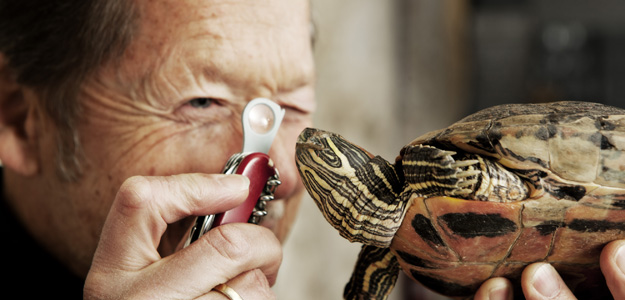Collections - University museum
Collections
The collections at the NTNU University Museum are built on our work in the natural- and cultural history fields. The first objects were collected by Bishop Gunnerus in the 1760s, and new material is constantly being added. The collections range from living plants at Ringve Botanical Garden, to various digital collections. They are the foundation for the museum’s activity, and are being used for scientific research, education and dissemination.

Cultural history collections
The collections cover archaeological and cultural history objects from the Stone, Bronze and Iron Ages, the Middle Ages and more recent times.

Natural history collections
Natural history collections form the basis for the understanding of biologic diversity and the history of life.
Access to collection data
The Global Biodiversity Information Facility (GBIF) is an international open data portal that allows anyone, anywhere to access data about all types of life on Earth. The GBIF currently has approximately 540 million data records.
GBIF - Global Biodiversity Information Facility
The Species Map Service is a mapping service where users can search for Norwegian species and see where they have been observed throughout Norway and Svalbard.
Species Map Service (Artskart)
Large parts of our cultural history collections have been digitized and made available through "Collections online".
Other databases
Ethics
Collection activities at the NTNU University Museum are conducted according to the ethical rules of ICOM, The International Council of Museums.
We manage and develop our collections according to our Collections Plan.